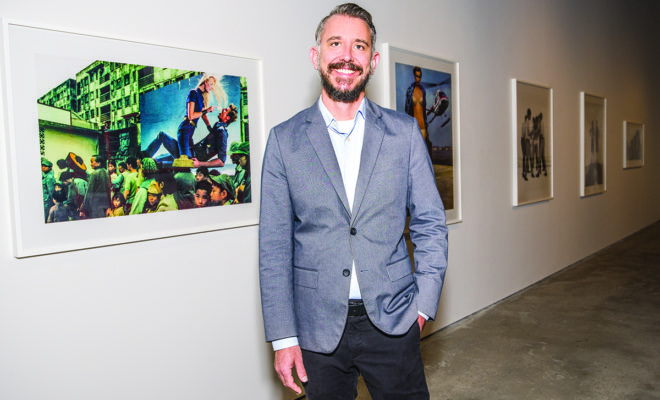 JOHN REVISKY
JOHN REVISKY
People
Scenes From An Interview: Christopher Jones
By Gus Mollasis | Photo by John Revisky
The Ringling Museum of Art’s curator Chris Jones is understandably excited about the newly unveiled Hank Willis Thomas Branded/Unbranded photo exhibition at the museum’s Monda Gallery. Jones
The exhibit explores how advertising and branding have shaped our concept of race, gender and self by targeting us as consumers. This provocative showcase offers Thomas’s unique perspective on how we see ourselves through his creative, witty and ironic vision by shining the light on racial and sexual mores through many decades. oceania
As I walked through this eye-opening installment with Chris, his perspective on this innovative artist’s works was quite interesting and educational. Some of the images shocked me, while others simply saddened me, and some enraged me. oceania
I encourage you to view these powerful works at The Ringling and be ready to feel these same emotions. The exhibit runs through June 10. oceania
How do you go about considering what to exhibit at the museum?
All the curators here work together, along with the director, to put forth a vision about what type of work we want to bring to our audience to show what’s important to our culture. For me personally, I like work that is challenging, provocative and breaks new ground. I like work that challenges us to think critically about the world in which we live. I like work that’s engaging and makes us wonder. oceania
How and why did you choose the Hank Willis Thomas Branded/Unbranded exhibit?
It actually comes from a recent acquisition we made in which we acquired 11 works from Hank’s project called Unbranded – A Century of White Women from 1915-2015. A generous donation made that possible. We felt that Hank’s works were really provocative and that he was doing neat stuff. Lately he’s been getting a lot of attention for his work that focuses on American History – the construct of racial and gender identity and how that manifests itself in popular culture. It’s part of our program to engage with the contemporary art of our time. We wanted to be able to show it in its entirety here. As part of this exhibit, I reached out to him and his gallery to see what other works we might be able to show that relate to his engagement with popular culture with regard to advertising, marketing and branding.
What is Hank Willis Thomas’ most significant contribution to how we see ourselves?
I think he encourages us to look more closely at the ubiquitous images that we see in advertising and popular culture that we often overlook. We are so inundated with these images that we don’t really stop to think what sorts of messages are being sold along with the product. He encourages us to slow down and think critically about how we present ourselves, how we present others, how we see our society and what sort of values we’re reinforcing out there.
How great an artist and visionary is he?
I really like Hank’s work. He’s a conceptual artist who is based in photography, but he thinks beyond any particular medium. He’s really interested in engaging us thoughtfully with ideas. He’s an emerging artist who’s getting a lot of attention for his work. His wit is something that I relate to. Sometimes his images are pretty blunt, but often he has a real sense of irony and irreverence. I feel that when we’re looking at a lot of these old advertisements that we’re looking at them with him and sharing in this incredulity. He’s amazed at the types of messages and images that have circulated through time.
Finish the following sentences:
When I look at this exhibit I see….
American culture, for better and worse.
When visitors walk through this exhibit, I hope they see…
Something that stops and makes them think.
The goal of an exhibit like this is to…
Expose people to new ideas and ways of thinking.
Is his work more provocative than evocative?
I think he’s more provocative because he’s taking things that already exist and stripping them from their context. oceania
By combining Unbranded: A Century of White Women and Unbranded: Reflections in Black by Corporate America to create this exhibition and adding captions to each work, what is being told?
What I like about both of these series, there are aspects of them that are obvious, but overall there is a more complex idea at work and there is a revelation. And that’s that advertisers create these images and ideas about our identity from their own points of view, but they also reflect aspirations that we have in general in society. So, it’s not like there is a sort of overarching authority that’s impressing these ideas on everyone. It’s sort of an exchange back and forth. We buy into these values to a certain degree and then reflect it back to us. We see changes in the ways in which we see ourselves. In some ways the changes are progressive and positive, and other times we see the reemergence of stereotypes and prejudices. It shows the complexity of the society in which we live in and how see ourselves. And finally, the exhibit reflects the powerful impact of the images on their own, and their ability to influence us through their messages.
It seems that this is both a serious and sobering look at how view ourselves, but is it also a fun lighthearted look?
Definitely. Hank’s work would not be as engaging were it not for the fact that he definitely has a sense of irony and sharp wit. I feel like he’s not condescending to us or his audience. He’s sharing in his experience and sharing the archives, sharing in the incredulity of it all and the visibility of these awful stereotypes. Some of these images are hard to look at and are blatantly offensive from our perspective today. oceania
What is the first thing that comes to your mind when you see this piece?
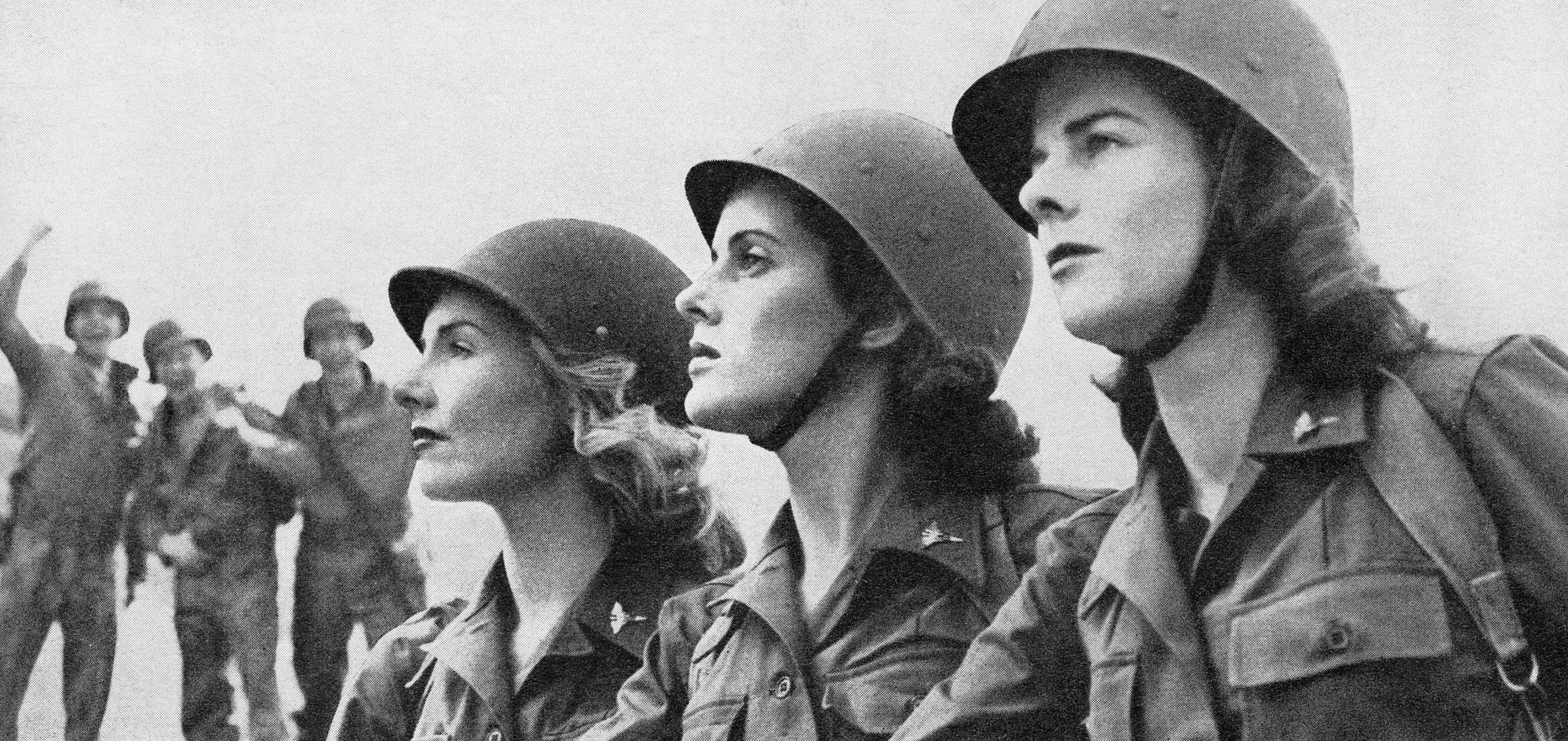 The men cheered
The men cheered
This image from World War II is interesting because it shows that women have joined the workforce and are actually joining the military effort and war effort. And they are valued for what they can contribute as people beyond the fact that they are women.
She’s somewhat of a drag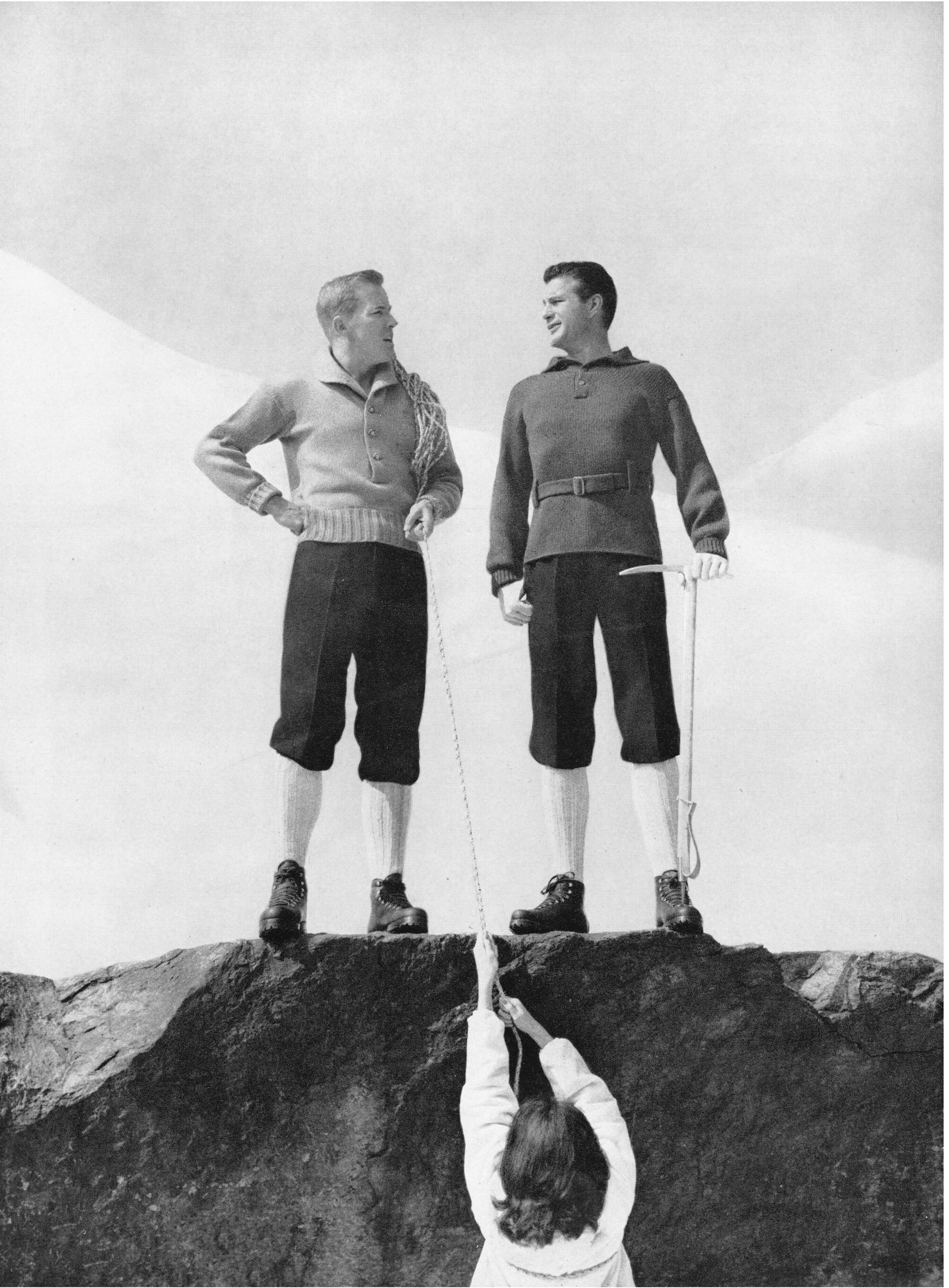
As we move into the next decade in the exhibit, we see this resurgence in misogyny. The way women are marketed and presented from World War II to where they are empowered and able to contribute to the War effort. The 1950s come and they are treated as immature and dependent and they are forced out of the work place. We can say that this ad would never fly today, but as we look at some of the newer ads, they are just as shocking. oceania
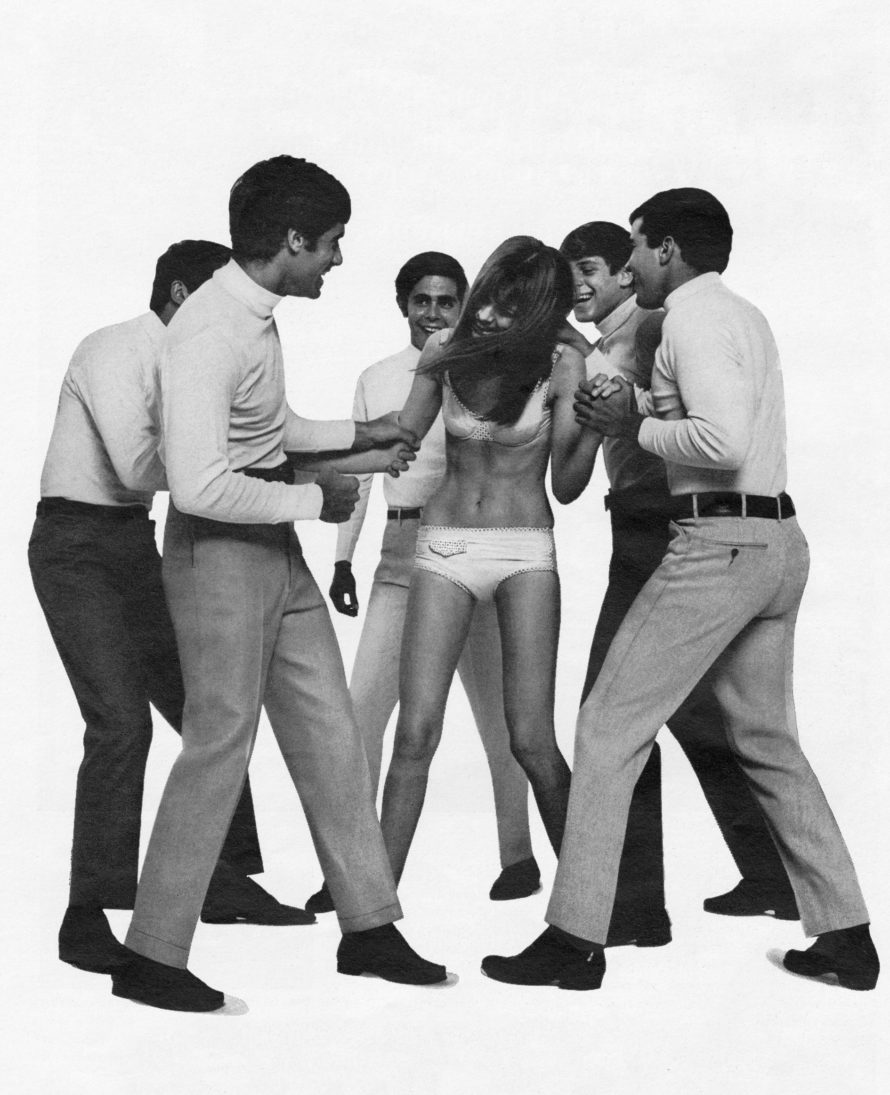 House rules!
House rules!
It’s impossible to look at this image and not think of the #MeToo Movement and women standing up to sexual harassment in the workplace and our society in general. We see this kind of rape culture in this piece rather nonchalantly and as a joke. Part of the impact of looking at these images is finding out about their sources too, and we see that this was actually an ad for men’s pants. What does what’s going on here (a number of men aggressively surrounding a woman) have to do with selling pants? Hank points out that it’s not about the product. What’s neat about this exhibit is that Hank has lent us some of the original ads that he’s worked with. It allows to see what the original context was. We learn that when an image is coded with copy and text, often it changes the way we interpret the image. When it’s removed, we see it for the blunt statement that it is. oceania
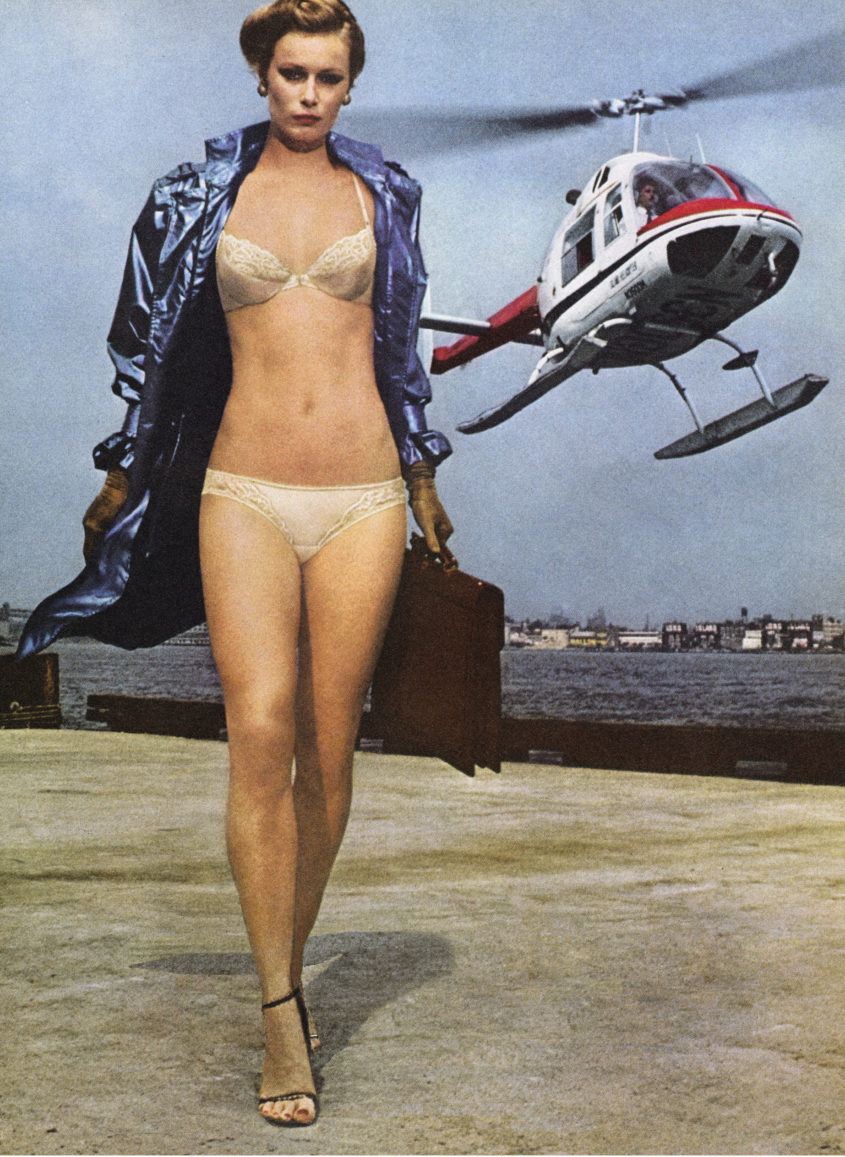 Executive material
Executive material
Switching to the 1960s now, we see a woman who is in charge with a briefcase and with a sense of authority and importance. Of course she’s being shown in her underwear and being objectified as well. It’s a complicated image, but her body is still the focus of the image.
The “how-to guide” to living (‘cause you’re doing it wrong)
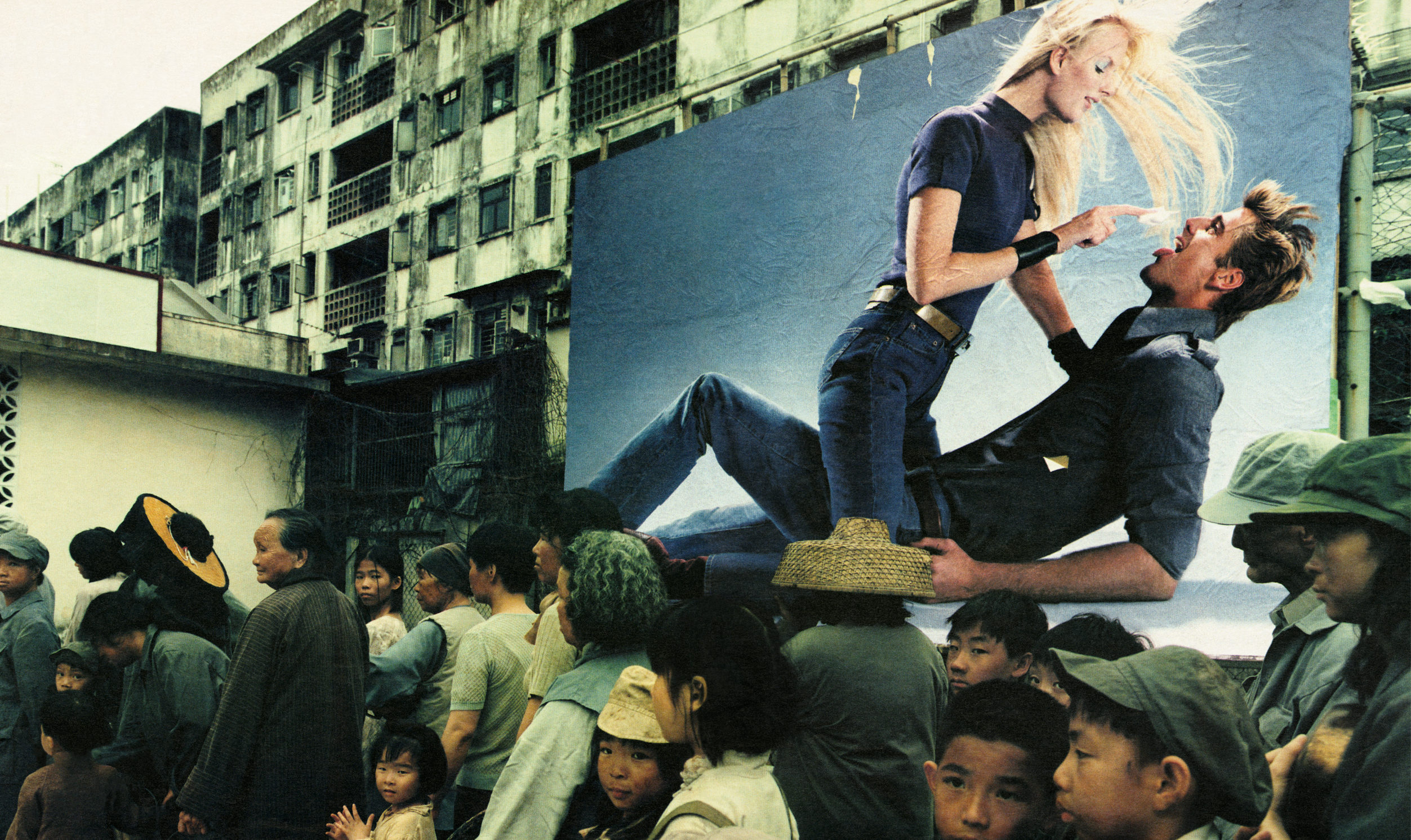
Hank has come up with these titles as his interpretation of the images. They’re not the original ads, they are his particular spin on it. This is disturbing and reflects a little bit of the shock attitude of the 1990s.
It seemed like a good idea at the time…
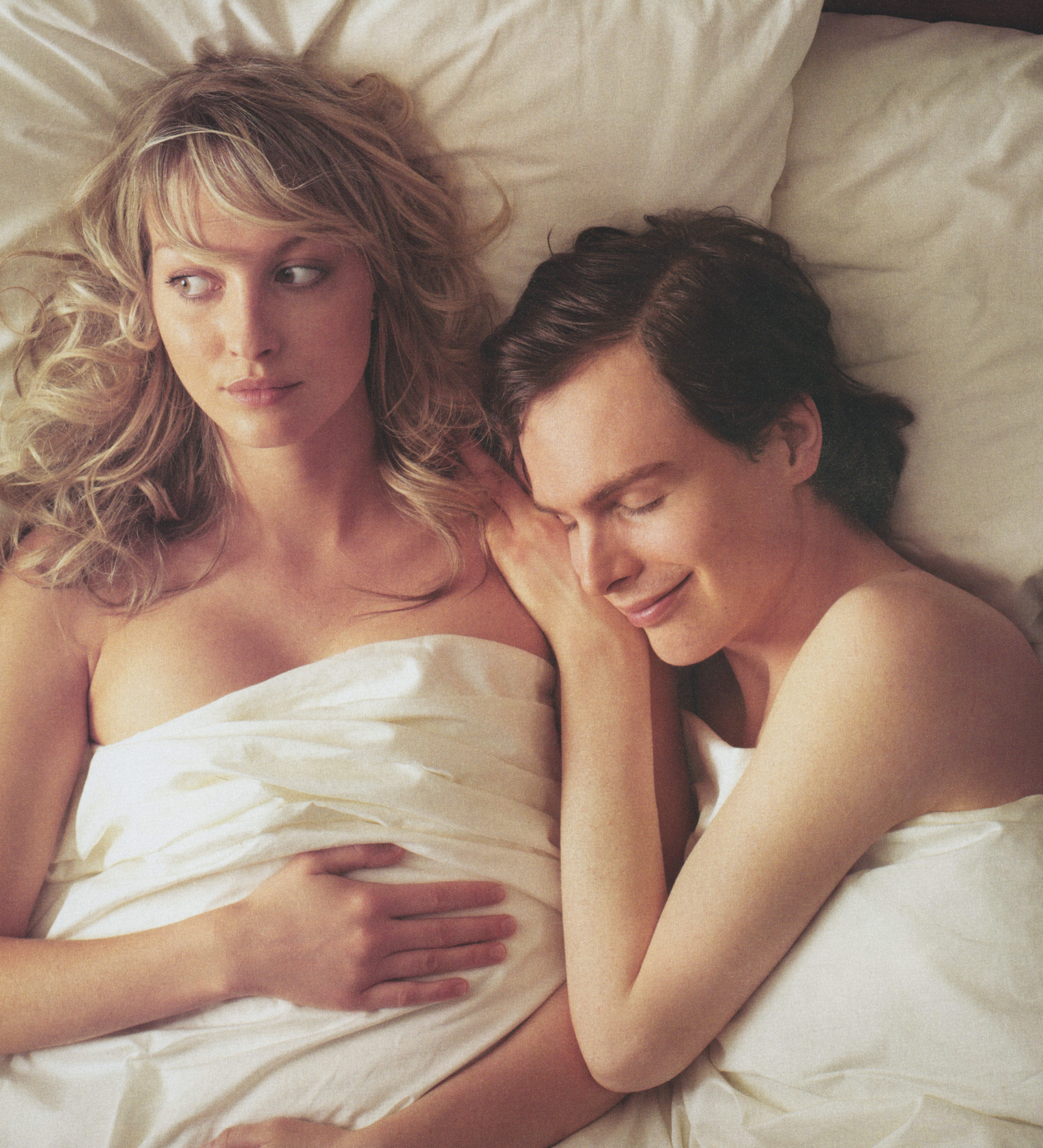 This is from the 2000s. A lot of his images have a lot of ambiguity to them, so there are a lot of ways to read them. In this image it seems that this woman has had maybe “a one-night stand” with someone, and then in the morning she’s rethinking that choice, whereas her partner is very much into the moment. It’s a new way to present women where they’re seen as capable of being in charge of their sexuality and their sexual orientation. But at the end of the day it’s an image that reflects our changing values, but it was used in an ad to sell Cadbury chocolate.
This is from the 2000s. A lot of his images have a lot of ambiguity to them, so there are a lot of ways to read them. In this image it seems that this woman has had maybe “a one-night stand” with someone, and then in the morning she’s rethinking that choice, whereas her partner is very much into the moment. It’s a new way to present women where they’re seen as capable of being in charge of their sexuality and their sexual orientation. But at the end of the day it’s an image that reflects our changing values, but it was used in an ad to sell Cadbury chocolate.
Just as our Forefathers intended…
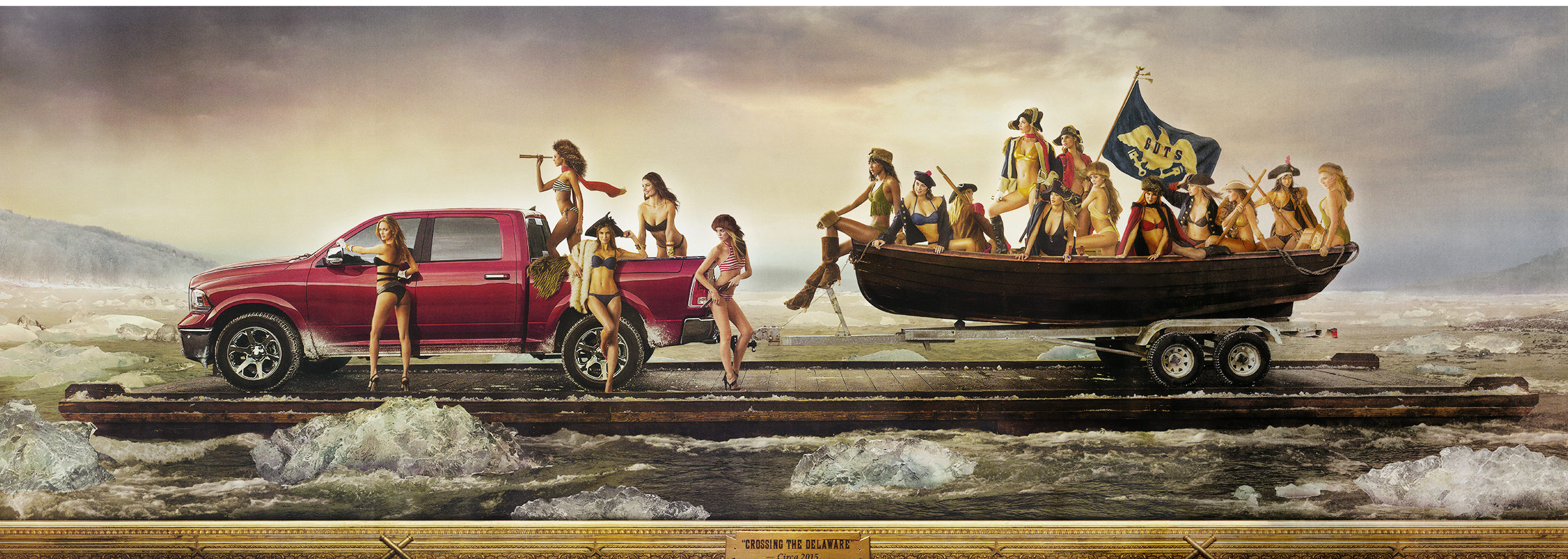
This is a reference to the crossing of the Delaware by George Washington. Here you have women in bikinis completely objectified. It’s an ad selling pick-up trucks. Again what does any of this have to do with the capabilities of a pick-up truck?
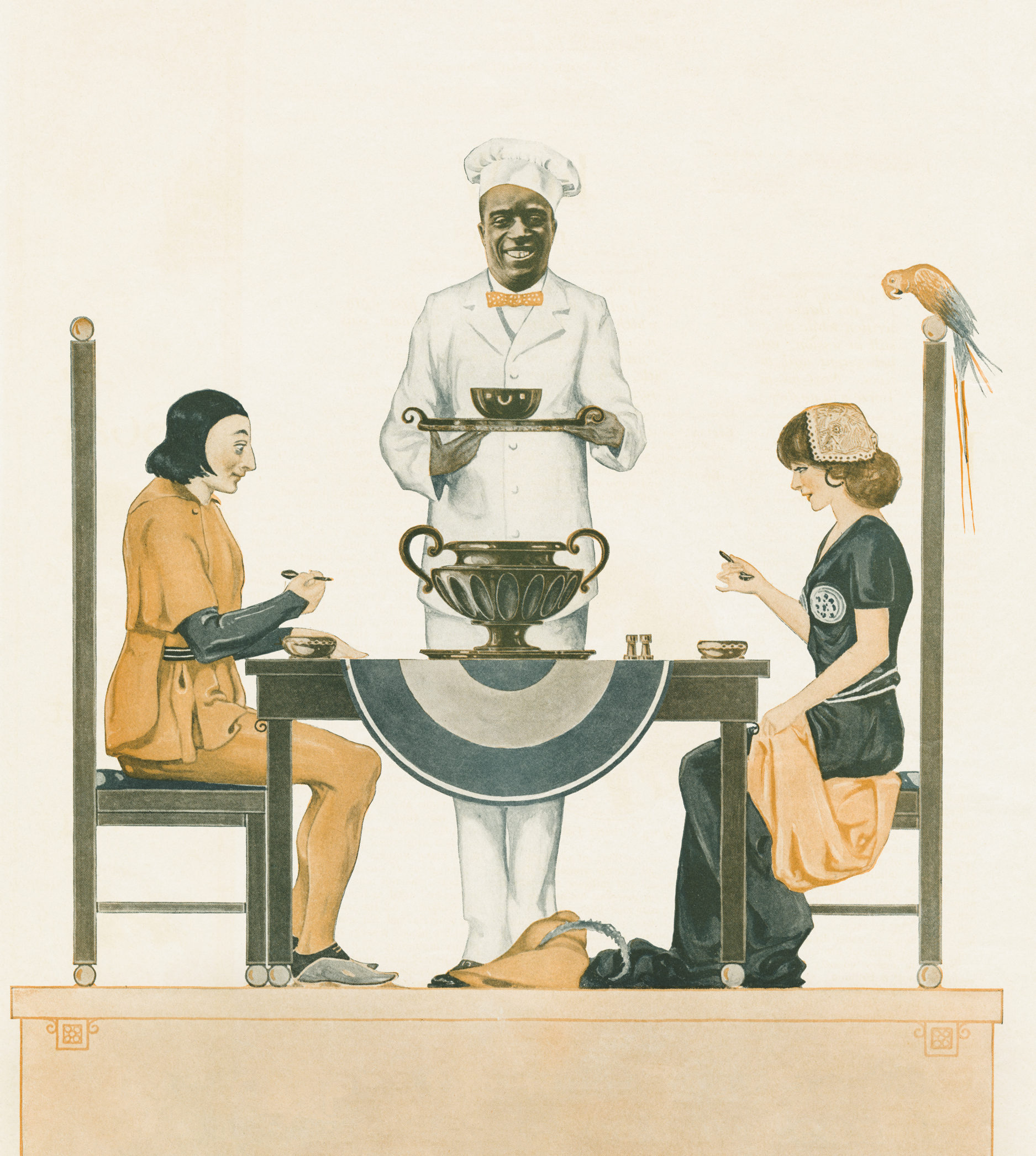 The Breakfast Belle…
The Breakfast Belle…
One of the ideas behind the series was not only showing how women have been presented, but there is also an idea of the white female that’s racially coded, and a hierarchy in which blacks are presented subservient or surveil. In this image we see the privileged white couple being served by a stereotypical black man who resembles someone you’d see in a minstrel show. oceania
Reflections in Black by Corporate America…
Here he looks at how black people were presented or marketed to from 1968-2008. He’s thinking about and looking at ads in the time period between when Martin Luther King was assassinated to when Barack Obama was elected president. oceania
Who do you hope comes to the exhibit?
I think there is fairly broad appeal to the show. We’re all marketed to and this is the culture that we are all a part of. I definitely would love to see students attend the exhibit from our high schools and our local universities and colleges. oceania
With regard to how we present African Americans and women in advertising, have we come a long way in presenting them in a more positive light?
I think we have. Obviously part of the exhibition is looking at the changes through time. Our consumer culture and advertising reflect our social values to a certain extent. But we do see the stereotypes pop up from time to time and we continue to see the objectification of women in ads. On one hand we see our consumer and popular culture reflects our changing values and sensitivity to these issues, and then we see these practices continue to arise. oceania
What is next for you?
We’re always working a year or two ahead. The next show is going to be something really different – an installation in which there’s going to be an interactive drum environment with lights and sound. I’m not working on that directly, but that will be next. oceania
How do you know you when something is right with regard to selecting and realizing an exhibit?
As curators, we have to trust in our judgement. Part of the job is to be looking out for trends and what’s going on in the art world, especially for contemporary curators. We also try to give broad programming to our audiences. But I don’t know if there is ever a time when you feel like this is a success or not. I’m really happy with this show at this stage, where everything is and how it’s being presented, and I feel really good about it. That’s because of our incredible staff and our great designer. I encourage everyone to come and see Hank Willis Thomas, who is not only an incredible artist but a great and captivating speaker.



You must be logged in to post a comment Login